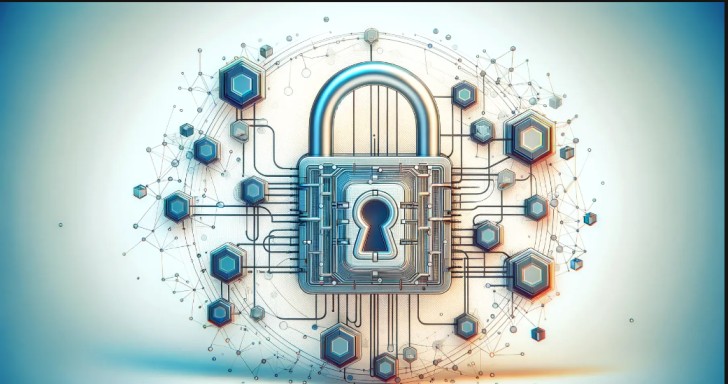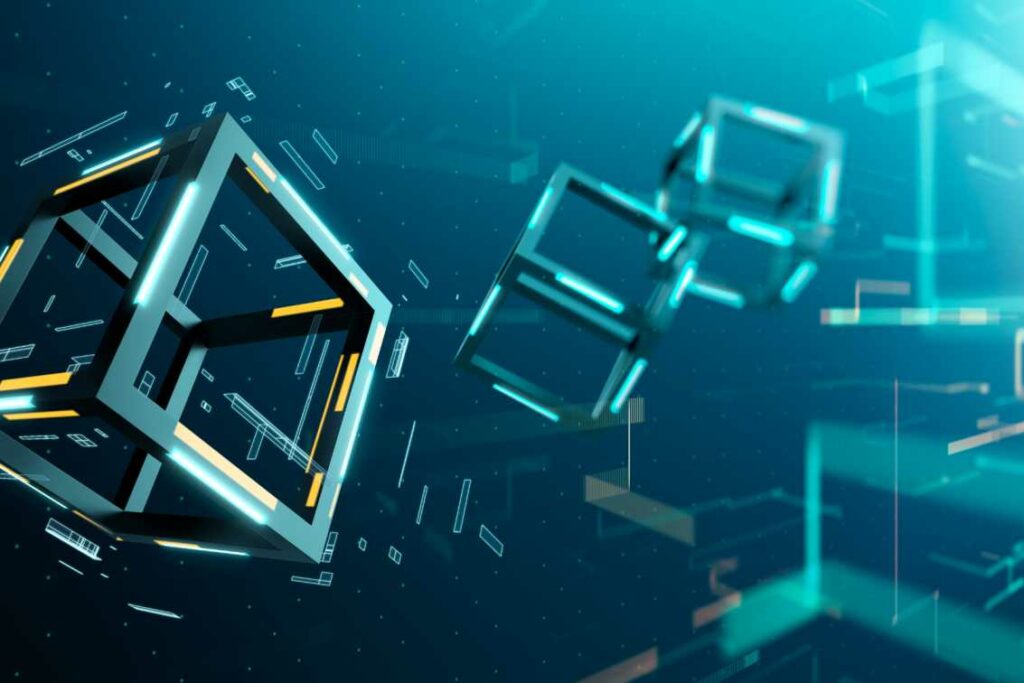In the ever-evolving world of the internet, newer and newer technologies constantly shape how we experience the web and, indirectly, the world itself. One of the newest and most valuable innovations is blockchain technology – an absolute game changer that’s not just for cryptocurrencies anymore; the days when it was only synonymous with Bitcoin are officially behind us.
Blockchain technology influences modern web design trends in the most surprising (and not so surprising) ways. Think of it as the key behind-the-scenes player of the most innovative and secure websites popping up today. But what exactly is blockchain, and how is it making waves in web design? Explore this fascinating intersection and see how it reshapes the digital landscape.
What is blockchain technology?
Before we plunge our hands deeper into the subject matter, let’s first understand exactly what blockchain technology represents; this will help us better grasp its impact on web design.
Here’s probably the simplest way to explain blockchain: it’s like the safest notebook on the market, where you write things down, and once those things are written, no one can erase or change them. For a more grown-up take, blockchain is a method of recording information that’s nearly impossible to alter, hack, or manipulate.
It might be best to imagine it as a digital ledger – like a Google spreadsheet – that’s shared across countless computers. Each transaction is securely recorded in a block, and these blocks are linked together in a chain (block+chain). What’s fascinating is that while everyone can view the data, it is impossible to be tampered with, as it is encrypted.
It’s interesting that while everyone can view the date, no one’s able to tamper with it.
How blockchain tech is impacting web design
All of the information mentioned above makes blockchain incredibly secure and transparent, setting the stage for its influence on modern web design. Let’s take a closer look!
1. Blockchain technology boosts web security
First and foremost, we should talk a little about security. In contemporary, modern web design, security is paramount. Blockchain technologies are making some significant strides in this area: they adopt a decentralized approach to data storage and transactions and drastically reduce the risks associated with traditional centralized servers. The latter are often targets for hacks and data breaches.
With blockchain and its distributed ledger system, data remains encrypted, decentralized (we’ll focus on that in the chapter below), and tamper-proof, ensuring that sensitive information is well-protected. This enhanced security can help build trust among users as they’re introduced to a safer and more reliable browsing experience.
2. Decentralization of data storage
That’s right, blockchain technology also has a major impact on web design by enabling decentralized data storage. Unlike traditional web applications that depend on centralized servers, which can be prone to failures, censorship, or data breaches, blockchain distributes data across a network of nodes. This means no single entity controls all the data, reducing risks significantly.
3. Decentralization comes with other benefits, too
Blockchain can also help speed things up. As a website owner, you know why website speed is important – no user wants to browse a slow or outdated site. Blockchain’s decentralized nature can enhance the efficiency of caching and distributing website assets. Websites can achieve faster load times and reduced server load by utilizing a network of nodes to store and serve static content.
4. The ongoing challenge surrounding privacy issues – resolved
In today’s digital world – in the era of regulatory documents such as GDPR and CCPA – privacy isn’t just optional; it’s – without any doubt – a necessity. Users need some good old assurance that their personal information is safe and untouchable. Blockchain technology offers a strong solution by providing a transparent ledger that securely records every transaction and data exchange.
Using cryptographic principles, blockchain ensures that user data is both – as we already said – secure and unchangeable, keeping it safe from unauthorized access or tampering. For web designers, this opens up the opportunity to create applications that put user privacy front and center, fostering a sense of trust and security that users can rely on.
5. Automating web services with smart contracts
Smart contracts are a groundbreaking innovation in the digital realm. These nifty, programmable agreements automatically venture into action once certain conditions are met; they handle various tasks like user registrations, subscription renewals, and content licensing without much hassle. Also, smart contracts cut out the middleman and trim down administrative clutter. Thanks to that, web services run smoother and more efficiently. It’s almost like having a personal assistant who never takes a day off.
6. And what about secure content?
It’s only natural that content management is a big deal in web design, and blockchain is set to transform how it’s done. With its now almost stereotypical, unchangeable, decentralized structure, blockchain enables web designers to develop content management systems that preserve the authenticity and integrity of digital content. This is particularly crucial in areas like journalism, creative arts, and intellectual property management, where content ownership and origin are key. By using blockchain, content remains protected and trustworthy, making it easier to manage and safeguard what’s truly important.
7. Enhanced web interactivity
One of blockchain’s key strengths is its interactivity. Combining with web development can make websites more engaging and responsive. With Google’s emphasis on user experience, web developers need to create smooth, adaptable sites that meet users’ needs.
Additionally, a well-designed site keeps technical details behind the scenes. By separating the user interface from the system’s background operations, users only interact with the visible parts of the site. They don’t need to worry about the complex workings behind the scenes. This approach ensures a better, more intuitive experience.
Conclusion
And that’s how blockchain technology is influencing modern web design. To summarize, integrating blockchain technology into web design brings a host of benefits that address contemporary web challenges. From enhancing security and privacy to revolutionizing content management and interactivity, blockchain provides innovative solutions that can make websites more robust and user-friendly.
Also, leveraging blockchain’s decentralized nature allows web designers to craft secure and efficient applications. Adopting these innovations will be crucial for staying ahead and providing exceptional digital experiences as technology advances. Embracing blockchain can help ensure that your websites are not only cutting-edge but also meet the evolving needs of users.


3 thoughts on “How Blockchain Technology is Influencing Web Design”